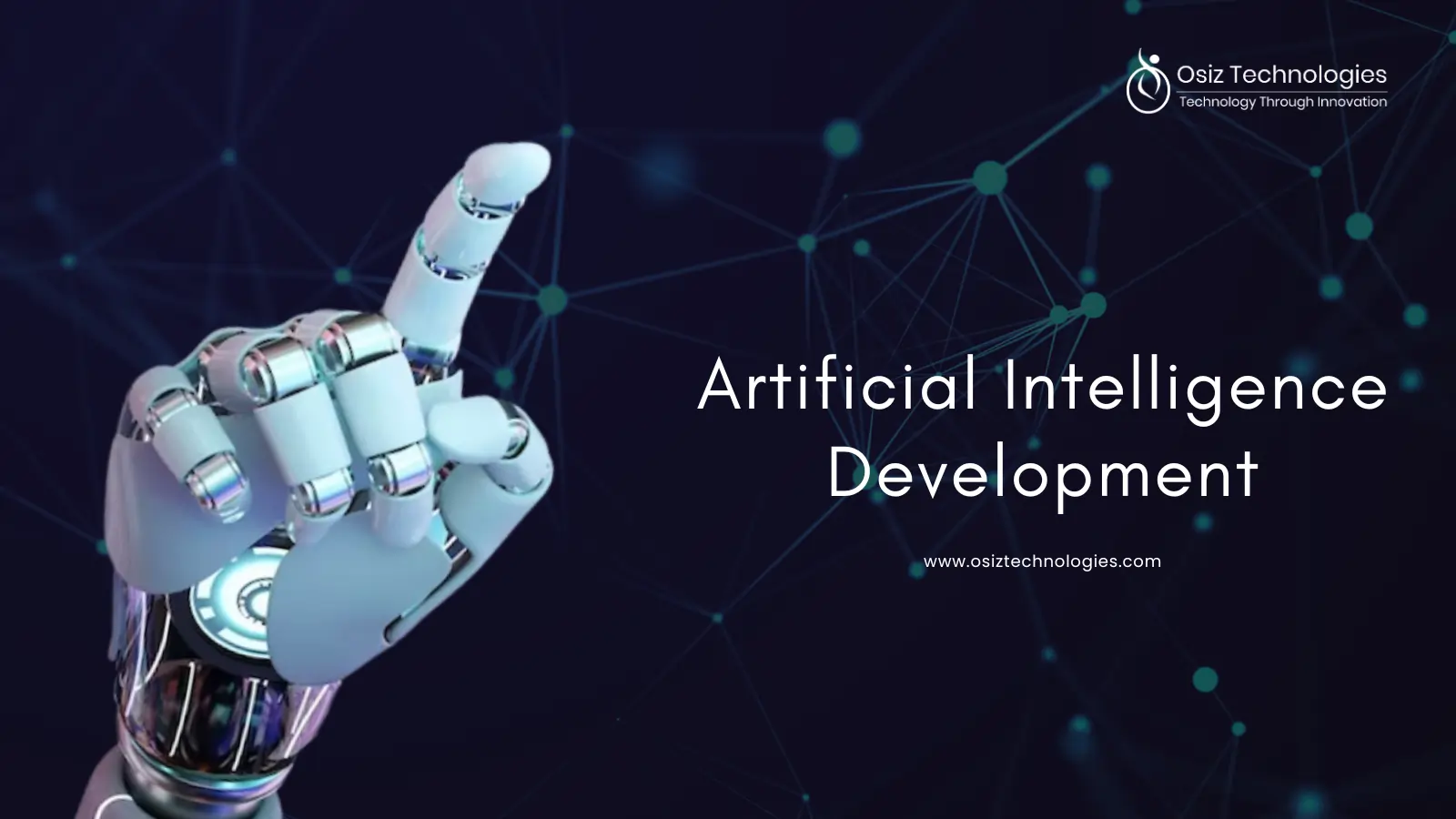IT Service Management is critical to establishing IT services that are aligned with organizational goals. This blog encompasses the set of key ITSM practices, the role of AI in upgrading ITSM, and widely used frameworks that offer guidance to effectual IT operations, such as ITSM and DevOps.
What is IT Service Management?
IT Service Management is the approach to managing, planning, and optimizing IT services in order to meet the needs of users or meet the organizational goals. ITSM is meant to automate and streamline service request activities, IT support, and asset and change management, among others, which will enrich user experience and increase productivity. It allows an organization to align IT with management and business strategies, maintain compliance, and reduce risks through the appropriate design and management of services. ITSM deals with the effective deployment, operation, and management of IT resources including hardware, software, and cloud solutions. It is at the core of software tools and best practices that allow ITSM to keep delivering an ever-improving users' experience and expanding into ESM for the rest of the business needs.
Exploring AI and ITSM
AI is now integral to most modern business operations, including, in the case of this paper, management within IT. AI for IT Ops improves ITSM tools and processes to deliver better services in the cloud and on-premises. Based on machine learning, AIOps is instrumental in the performance monitoring of IT systems and in profiling possible areas for efficiency improvements. It, therefore, ensures the automation of operations for rapid processing, reducing costs associated with operations. In the context of extended enterprises, AIOps improves coordination and synchronization among the varied areas of function through distributed IT.
Key ITSM Practices and Processes
Organizations often implement a number of IT Service Management (ITSM) processes in delivering IT services to their users. Here are some key ITSM processes below:
Incident Management: This would involve responses to unplanned service outages or interruptions to services. It aims at quick restoration of such services with minimal business impact.
Problem Management: It looks at the root cause of recurring incidents, thus ensuring that analysis is done on the problem for resolution to avoid reoccurrences.
Change Management: This makes sure that the best practices that will minimize disruption and risk from variations in critical IT systems are followed.
Configuration Management: Here, all of the IT assets and their relationships are tracked and managed with the use of tools, including a Configuration Management Database.
Service Request Management: This lays down efficient processes for handling requests on new assets, permissions, or licenses through automation and self-service.
Service Catalog: Directory of the IT services available to customers, accessed through a portal or menu, usually integrated with service request management.
Knowledge Management: This processes information within the organization and makes it accessible to everyone, typically via the use of a searchable knowledge base dealing with IT problems and resources.
Service Level Management: Manages the lifecycle of SLAs: describes the required service levels and consequences of failing to comply.
IT Service Desk: This is the umbrella process that houses incidents, problems, requests, software licensing, and third-party contracts. It also takes care of Self-service portals and knowledge bases.
Popular ITSM Frameworks for IT Operations
Organizations often leverage existing ITSM frameworks to help guide them through the complexities of IT operations. A few of the more popular ITSM frameworks in use today include:
Information Technology Infrastructure Library (ITIL): The most-adopted ITSM framework in use, ITIL is a comprehensive library of processes that span service strategy, design, transition, operation, and continual improvement. ITIL 4, published in 2019, brings focus to digital transformation.
DevOps: A way that involves promoting close cooperation in work relations between development and IT operations, with fast, agile delivery. DevOps supplements ITSM by focusing on getting users and customers satisfied.
COBIT (Control Objectives for Information and Related Technologies): An Information Systems Audit and Control Association framework providing IT governance guidance for risk minimization, assurance of compliance, and assurance of the optimization of business benefit.
ISO/IEC 20000: This is the premier international standard when it comes to service management. It stipulates the requirements for IT organizations that need to be satisfied so that they can get accredited to ISO 20000.
Microsoft Operations Framework: Implementation and management guides that allow the optimal IT service to be implemented using Microsoft Technologies.
Why Osiz for ITSM Services?
Osiz is a leading Digital Transformation Company offering customized solutions that streamline IT operations, enhance service delivery, and ensure compliance. With expertise in integrating AI and leveraging popular ITSM frameworks like ITIL and DevOps, Osiz helps businesses achieve efficiency, reduce risks, and drive digital transformation effectively.
Listen To The Article
Recent Blogs

X-Mas 30%
Offer










